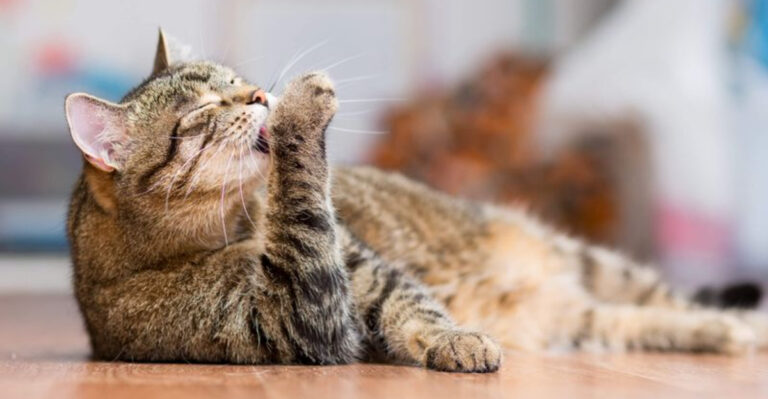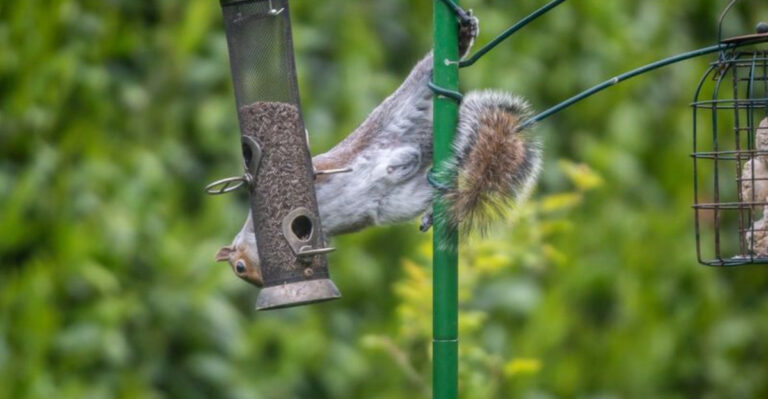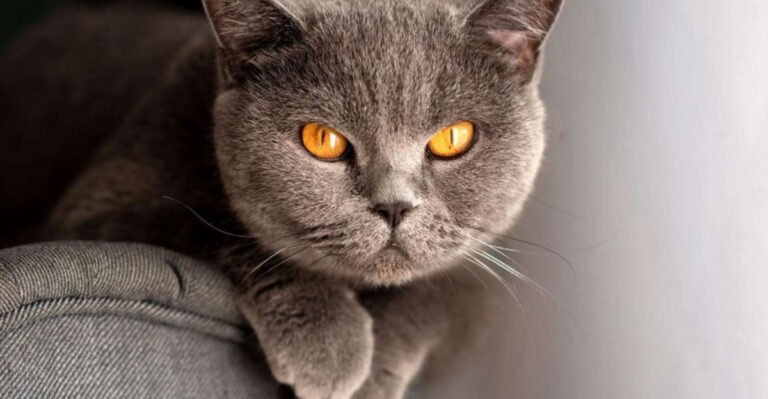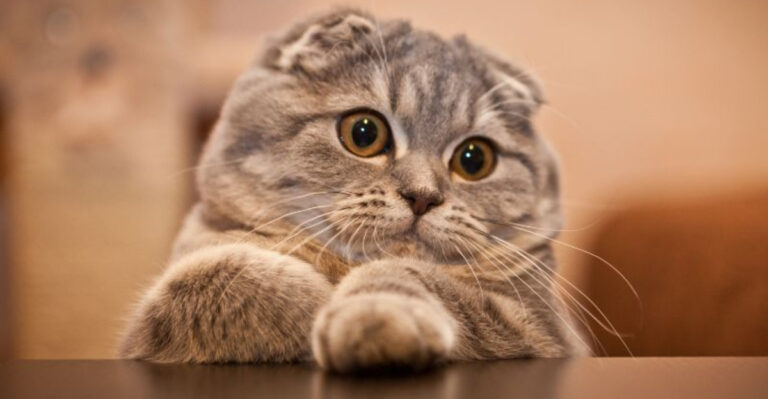Do Animals Laugh?
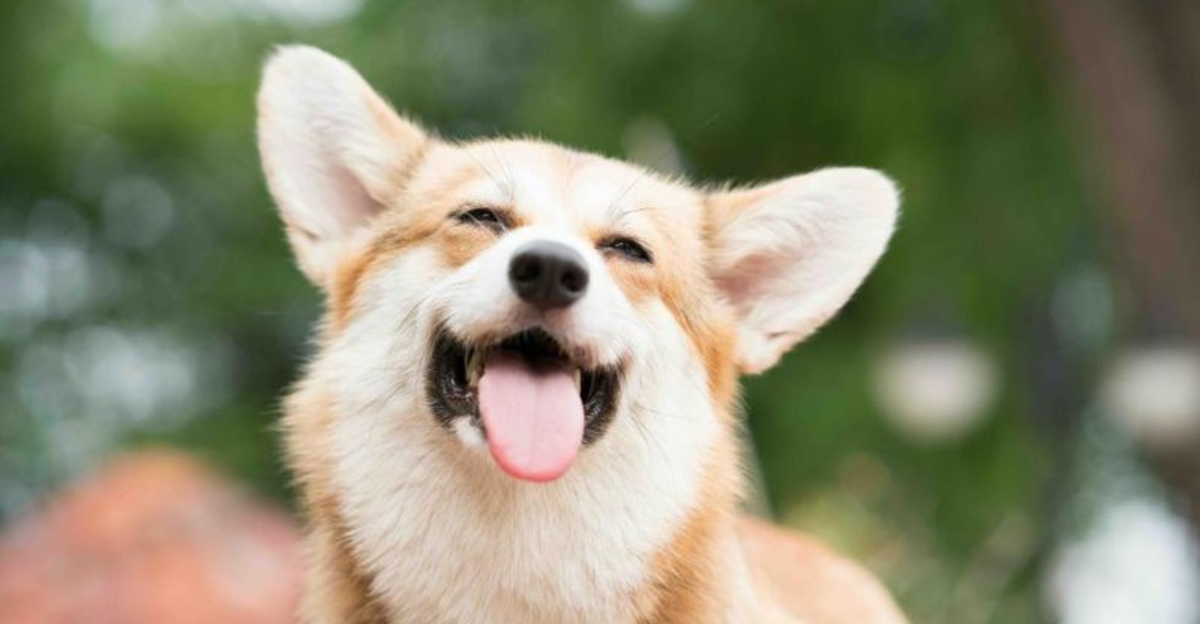
Have you ever wondered if your pet can laugh? Scientists have discovered that humans aren’t the only ones who express joy through laughter-like behaviors.
Animals across different species have their own unique ways of showing amusement and happiness. From high-pitched squeaks to playful rumbles, the animal kingdom has a surprising variety of ‘laughter’ that helps creatures bond and communicate.
1. Rats Giggle When Tickled
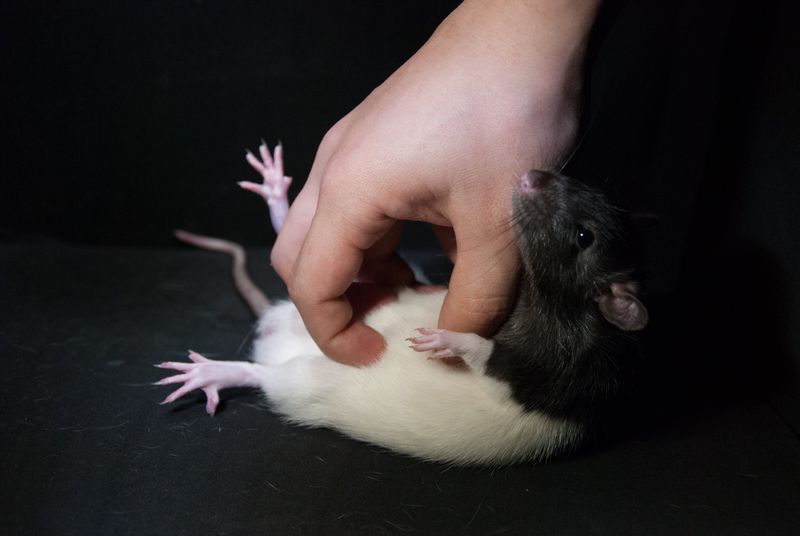
These tiny rodents produce ultrasonic chirps when tickled on their bellies, completely inaudible to human ears. Scientists need specialized equipment to detect these 50 kHz sounds. Remarkably, rats will seek out human hands that tickle them, showing they genuinely enjoy the sensation.
This discovery has helped researchers better understand positive emotions in animals previously thought incapable of complex feelings.
2. Dogs Have A Play Pant

Your furry friend’s breathy panting during playtime isn’t just from exertion. That rhythmic ‘huh-huh-huh’ sound is actually the canine version of laughter! When recorded and played back to anxious shelter dogs, this sound reduces stress behaviors.
Trainers now use these recordings to help frightened dogs feel more comfortable. Next time your pup makes this sound, know they’re truly having a good time.
3. Chimps Chuckle During Tickle Games
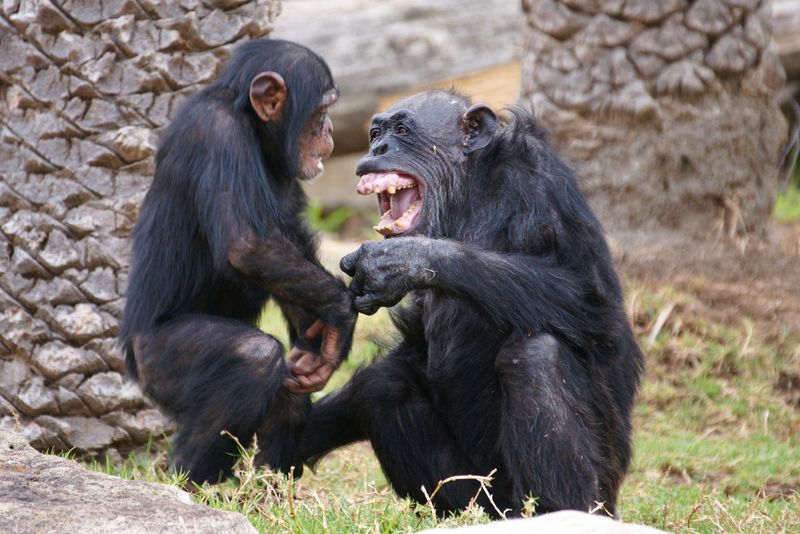
Our closest relatives share our ticklish spots! When tickled in areas like armpits or feet, chimps produce a distinctive panting vocalization while displaying a play face – their version of a smile. Jane Goodall first documented this behavior, noting how similar it was to human children being tickled.
Young chimps actively seek tickling from trusted caretakers, suggesting this laughter serves as an important bonding activity across primate species.
4. Dolphins Exchange Joy Through Clicks
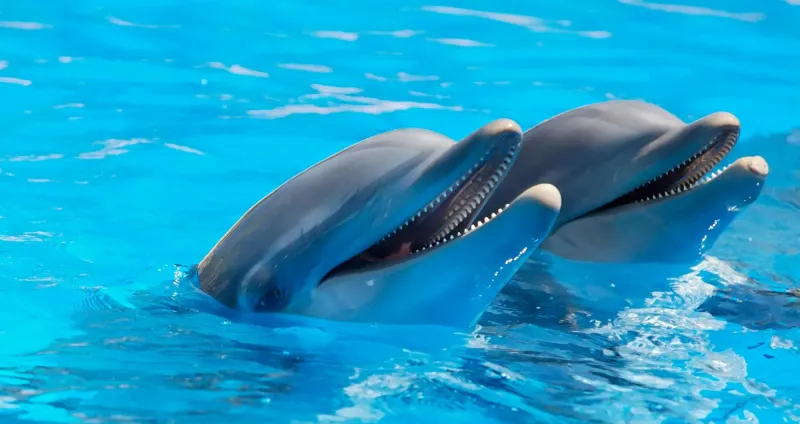
Beneath the waves, dolphins communicate happiness through rapid bursts of clicks and whistles during playful interactions. Researchers believe these vocalizations function similarly to human laughter. Marine biologists have observed these sounds increase during social play and decrease during solitary activities.
Pod members often respond to these joy signals by joining the fun. Their sophisticated communication system includes specific ‘signature whistles’ – essentially names – for each dolphin.
5. Kea Parrots Have Contagious Laughter
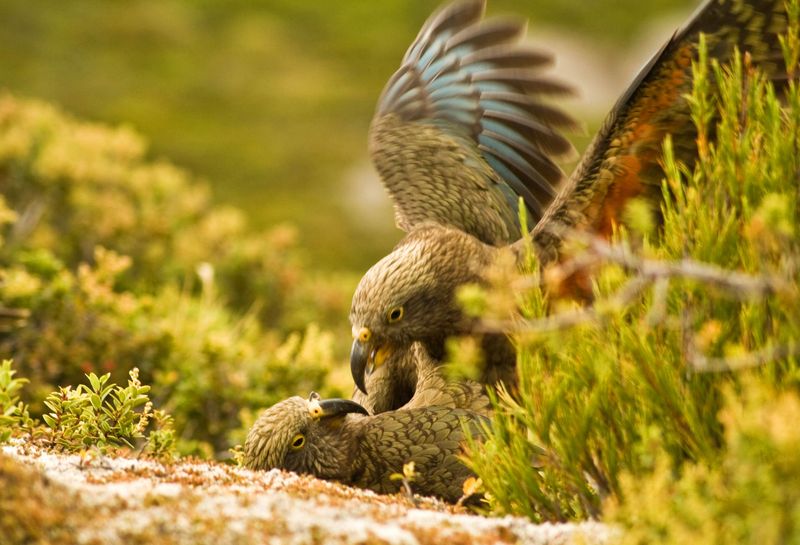
Native to New Zealand’s mountains, the olive-green kea parrot produces a distinctive warbling call that triggers playful behavior in other keas who hear it. Scientists call this their ‘play call.’
When researchers played recordings of this sound, nearby keas immediately began playing with each other or with objects around them. This makes keas one of the few non-mammal species showing contagious positive emotional responses – essentially bird laughter that spreads joy!
6. Elephants Rumble With Happiness
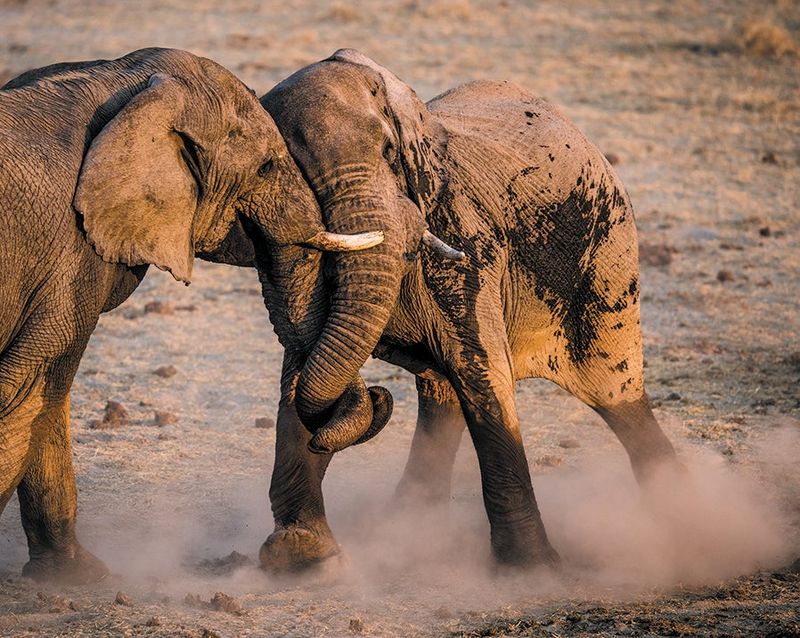
These gentle giants produce special low-frequency rumbles during playful social interactions that researchers believe express joy. Unlike their warning calls, these rumbles have a unique acoustic signature. Baby elephants make these sounds most frequently, especially during water play.
The vibrations travel through ground and air, allowing distant herd members to share in the happiness. Elephant emotions run deep – they’re among the few animals that recognize themselves in mirrors.
7. Bonobos Laugh To Make Friends
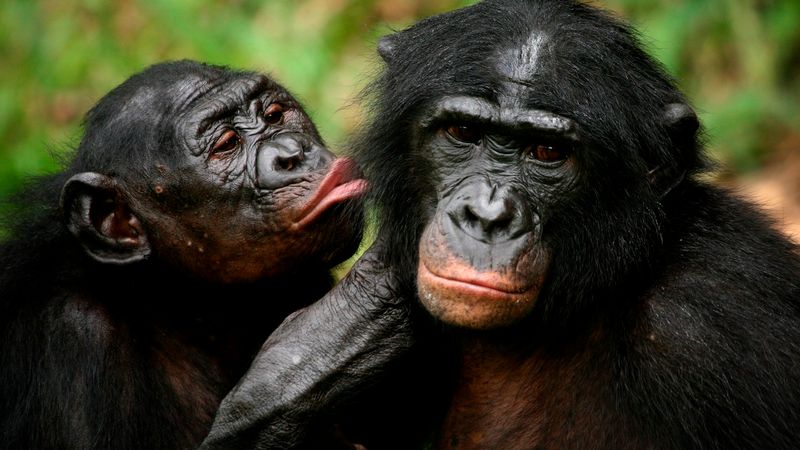
Often called our ‘hippie cousin’ primates, bonobos use laughter-like vocalizations to defuse tension and build social bonds. Their laugh sounds like a combination of panting and chuckling. Unlike humans, bonobos laugh both during inhalation and exhalation.
Researchers at the Max Planck Institute found that bonobo laughter is more similar to human infant laughter than adult laughter is. These peace-loving apes share food with strangers and resolve conflicts through positive social contact.
8. Crows Show Playful Joy
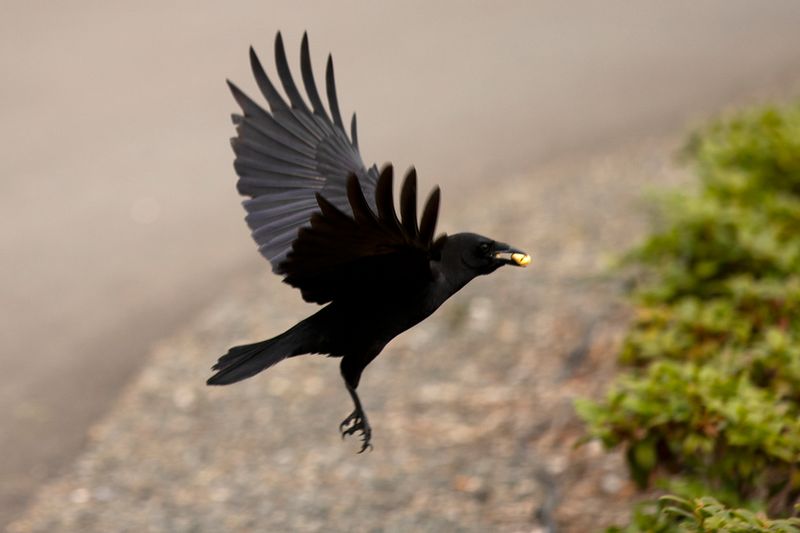
These brilliant birds don’t technically laugh, but they do have specific calls associated exclusively with play. Young crows make distinctive ‘play caws’ while sliding down snowy rooftops or playing with objects. Crows remember human faces for years and give gifts to people who feed them regularly.
Their play behavior includes aerial acrobatics and passing objects between each other. With problem-solving abilities rivaling seven-year-old children, crows demonstrate that intelligence and playfulness often go together.
9. Gorillas Giggle During Roughhousing
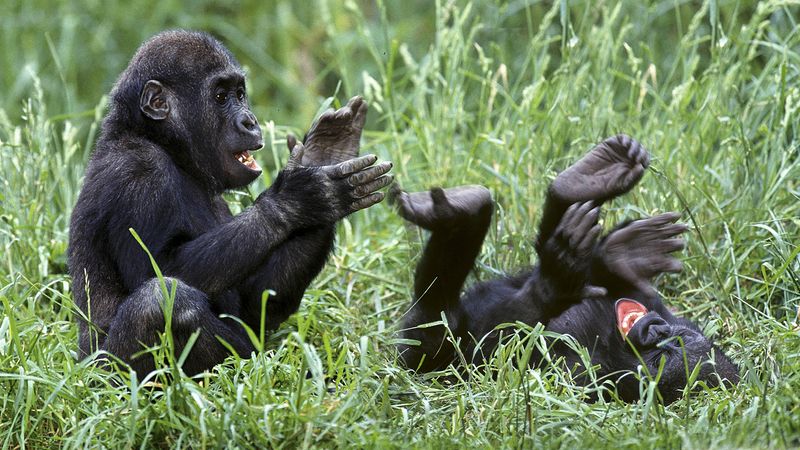
Mountain gorillas produce a chuckling vocalization during playful wrestling that sounds remarkably human-like. Infants and juveniles make this sound most frequently while tumbling with siblings or tolerant adults.
Dian Fossey first documented this behavior, noting how it helped distinguish real aggression from play. The giggles serve as a signal saying ‘this is just fun!’ Gorilla youngsters even tickle each other deliberately to elicit these laughs, showing sophisticated understanding of cause and effect in social play.
10. Foxes Laugh Like Humans
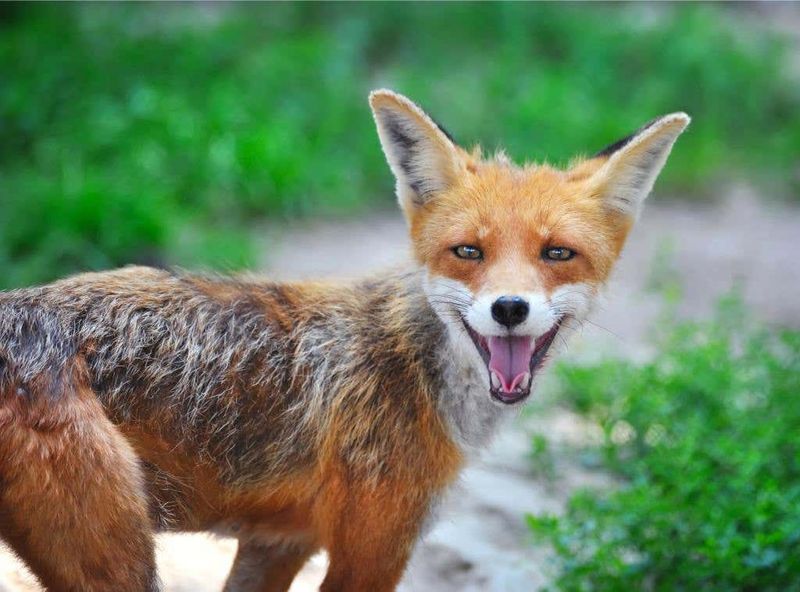
Finnish researchers discovered that the arctic fox produces a high-pitched ‘ha-ha-ha’ sound during positive social interactions that’s surprisingly similar to human laughter. These vocalizations occur primarily during greeting rituals and play sessions.
Red foxes make similar sounds when reuniting with familiar companions.
While their famous ‘screaming’ call often startles humans at night, these gentler laughing sounds represent the fox’s friendlier side. These adaptable creatures can be found on every continent except Antarctica.
11. Parrots Develop Laughter-Like Calls
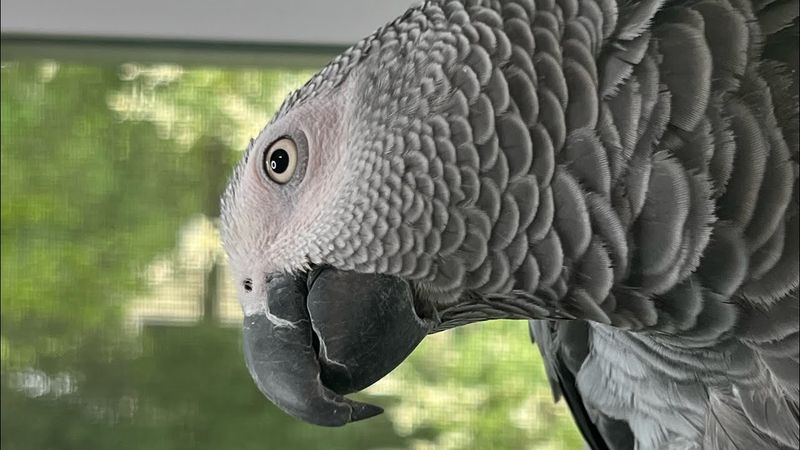
Beyond their famous mimicry abilities, many parrot species naturally produce unique sounds during play that researchers consider laughter-equivalent. African grey parrots make a specific warbling sound only during enjoyable activities.
Interestingly, pet parrots living with humans often develop human-like laughs through mimicry. These birds form deep emotional bonds with their caretakers and can learn to laugh at appropriate moments. With intelligence comparable to a 5-year-old child, parrots understand complex cause-and-effect relationships.
12. Wolves Use Play-Pants To Communicate
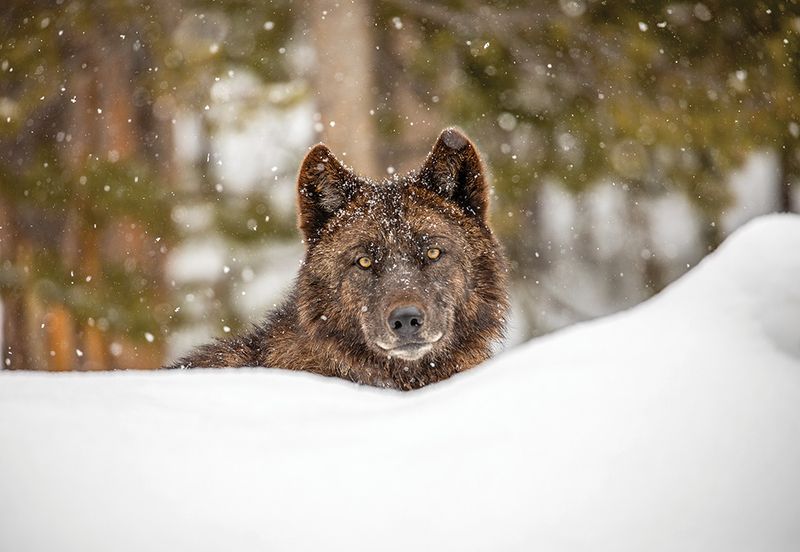
Wild wolves produce rhythmic breathy pants during play that signal friendly intentions. These sounds prevent playful wrestling from escalating into real aggression. Pack members recognize these vocalizations instantly, distinguishing them from threatening growls.
Young wolf pups use these sounds most frequently while learning social boundaries. Wolf laughter serves an important evolutionary purpose – maintaining harmony within the highly structured pack, where cooperation means survival.
13. Hyenas’ Famous Laugh Isn’t Actually Funny
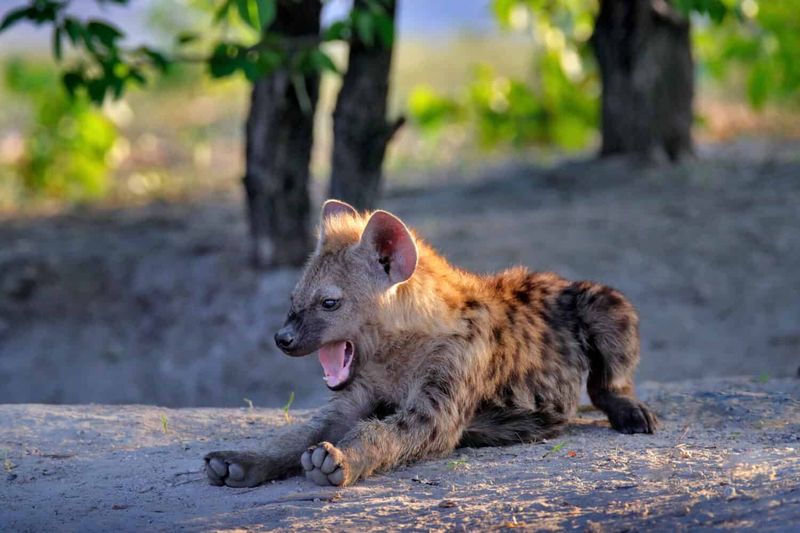
Despite their nickname ‘laughing hyenas,’ their distinctive vocalization isn’t actually expressing humor. The famous ‘laugh’ is actually a sound of frustration or submission, not joy. However, researchers have identified separate play vocalizations made by cubs that do indicate genuine happiness.
These gentler sounds occur during positive social interactions and differ acoustically from their stress laughs. Female hyenas outrank males and are significantly larger – an unusual trait in mammals.

